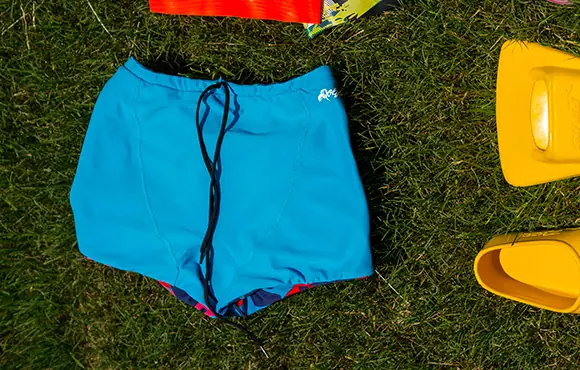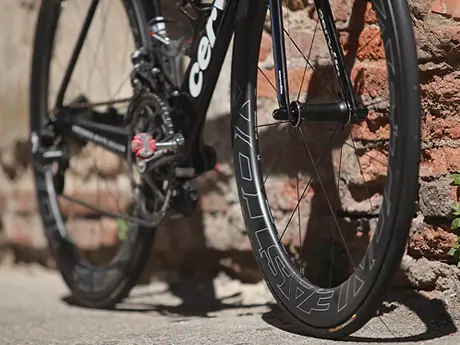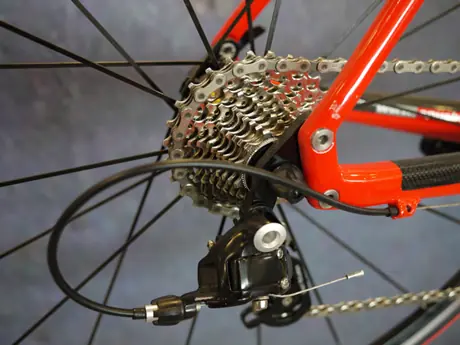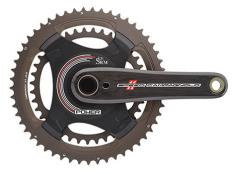Swimsuit / Swim bag
1 of 7
For starters, you'll want to pick up a cheap $10 mesh swim bag to hold your gear. The material allows you to have it poolside without the concern of getting it wet and damaging the bag. Plus, the mesh allows the contents to dry out if a wet towel is left inside overnight.
Next, purchasing a few good swimsuits is important. Don't underestimate the ubiquitous power of chlorine--the smell hangs heavily on your hair, skin and suits! Having a rotating cast of a few suits will keep you fresh before you dive in. I generally recommend buying a suit that is very tight, perhaps even one size too small, as the material will stretch out quickly.
Goggles
2 of 7
Finding a pair of goggles that fits your face comfortably with natural suction should take precedent over any aesthetic factor when selecting your specs. Goggles help to improve vision underwater and keep your eyes clear. Once you've found the pair that naturally fits the shape of your face, buy two or three pairs. This guarantees you have a backup pair in case one breaks, and that you'll have the proper tint for the conditions at hand. For outdoor swimming you'll want a heavy mirrored pair for sunny conditions, in addition to a smoke or colored pair of lenses. For swimming indoors, a tinted pair is less of a necessity.
Swim Cap
3 of 7
While a swim cap is not a foolproof guarantee, it's important to understand the sanitary function of wearing a cap. The cap helps to keep hair out of your face and, most importantly, out of the pool. If you want a cap that won't pull your long hair, then look into buying a silicone cap; otherwise an inexpensive latex cap works just the same. I recommend having a brightly colored cap for open water swimming so that you can easily be spotted from shore.
Buoy
4 of 7
Just as the name leads you to believe, this small piece of foam acts as a flotation device that you hold between your legs as you swim freestyle. The idea is to keep the hips and legs lifted without kicking, allowing you to focus on elements at the front of your stroke. Be careful not to overuse this tool, as it feels quite nice to take the legs out of the equation. This can discourage proper core engagement that should be active at all times while swimming. Pick up a cheap foam buoy and have fun with it during drills and pull sets.
Kickboard
5 of 7
This is a classic, requisite piece of equipment to add to your swim bag. The function of a kickboard is to isolate your kick and to build strength and proper kicking mechanics. I recommend picking up a standard size and shaped kickboard. Pro tip: You can use a kickboard between your legs in place of a buoy if need be.
Fins
6 of 7
Certain drills, such as side kicking and one arm freestyle, demand the swimmer to wear fins in order to maintain propulsion. With the added surface area that the fins provide, the swimmer is able to produce greater propulsion and keep the legs lifted, allowing the focus to be on the drill as opposed to the kick itself. There are endless styles of fins, and I recommend a short or medium blade fin that is designed specifically for swimming, as opposed to diving or body surfing.
The initial purchase of these tools should last you quite a long time. Try to keep your budget under $200, and remember how inexpensive your swim kit is relative to that of your bike purchases. This is an investment into your aquatic future and one that comes with great returns.






Discuss This Article